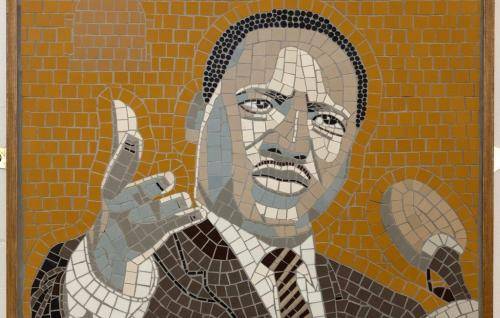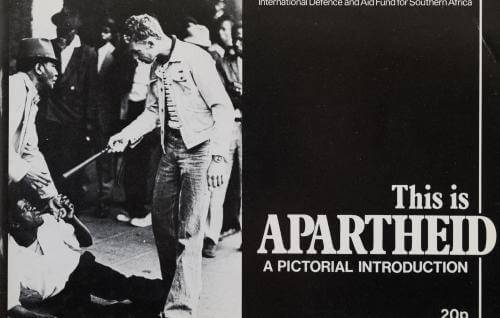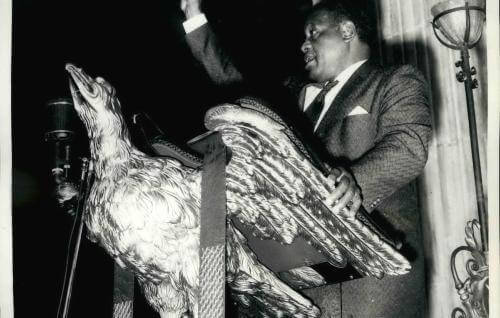The St Paul's Watch protect the Cathedral
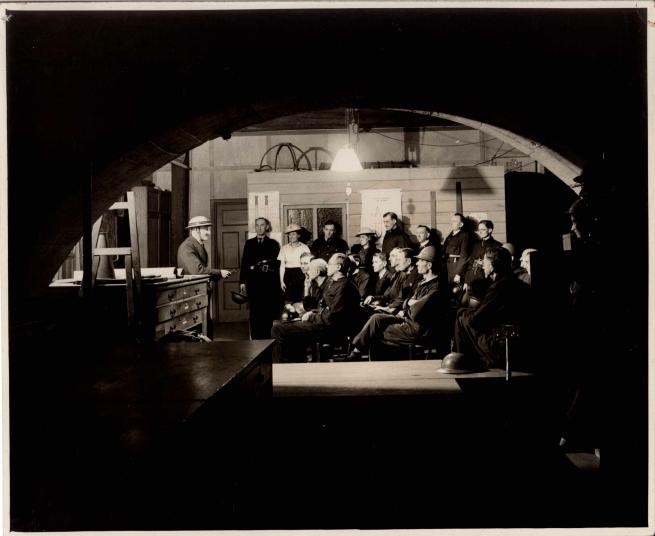
Members of St Paul's Watch attending a meeting in the Triforium, n.d. (Ref. No. 1883).
The St Paul's Watch protect the Cathedral
During both World Wars, a brave group of people volunteered to keep our building safe from harm – and their legacy lives on today. The St Paul’s Watch was a voluntary organisation first formed in June 1915 to protect the Cathedral from bombing raids by airships during the First World War. The Watch’s leader was Surveyor to the Fabric Mervyn McCartney, who over the course of the war supervised over 260 men.
The volunteers had the exhausting job of looking out for – and putting out – any fires that started as a result of the bombs that were dropped during air raids. They also kept detailed logs of nightly activity. London Fire Brigade trained the volunteers so they could do their job as expertly as possible, and remained in close contact with them, using telephones that had been installed especially for that purpose.
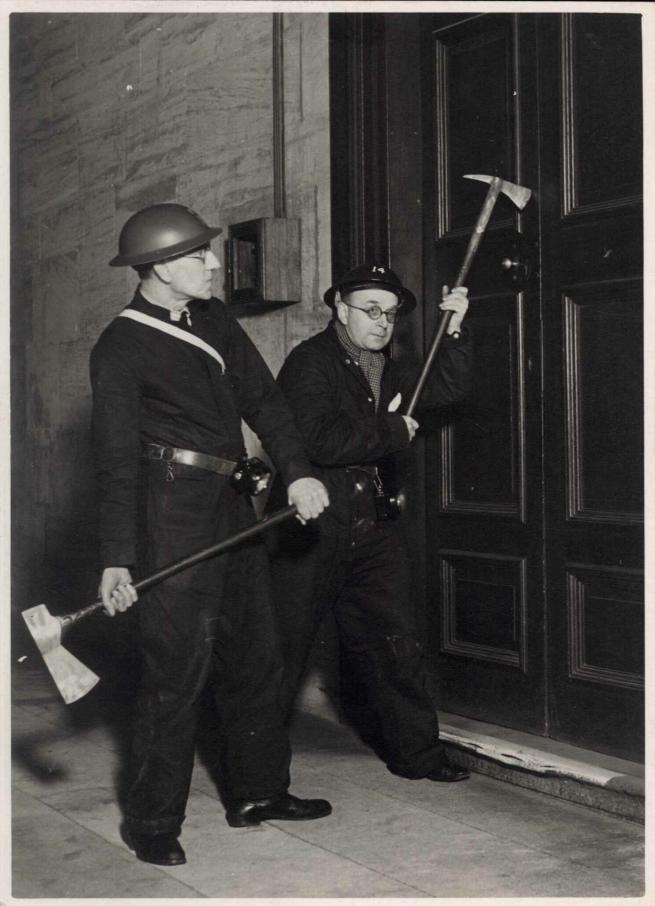
Two members of St Paul's fire watch with helmets and lamps demonstrate the use of axes, n.d. (Ref. No. 1869).
A key defence
The Watch also had to develop a good understanding of the geography of the Cathedral – especially of the staircases and passages on the upper levels of the building, which led to vital escape routes. To assist with this, a complete set of plans of the Cathedral, showing the location of every staircase, passageway and water hydrant, was drawn up and bound into convenient pocket-sized booklets.
Reunited to serve.
The Watch disbanded when the war ended. However, it was not long before they were called up again, after the outbreak of the Second World War in 1939. This time, their leader was Surveyor to the Fabric Godfrey Allen.
During World War II, their duties remained similar, and they continued keeping watch over the Cathedral, reporting to the London Fire Brigade any instances of gunfire, incendiaries or damage to the building. The Watch also received training on dealing with fires, incendiaries and gas attacks, which was to come in useful between autumn 1940 and spring 1941 – the period known as the Blitz.
‘The best club in London’
The Watch drew its members from various professions and included architects, academics, businessmen, civil servants, and members of the clergy. As a result of their talent and diversity, they were sometimes referred to as ‘the best club in London’.
The last meeting of the Watch was held on 8 May 1945, and after the war, it was suggested that the volunteers of the Watch should regroup to form a new body. The members were enthusiastic to continue their friendship and love for the Cathedral and to use their talents for peacetime. This body would become known as the Friends of St Paul’s Cathedral, officially formed in 1952.
The Friends’ aims were to help foster interest in the Cathedral’s history and architecture, as well as to provide financial aid, and they still continue to be a great support to the Cathedral to this day.

A member of St Paul's Watch with helmet and lamp looks south from the Cathedral rooftop, 1944 (Ref. No. 1867).
In the collection
The Cathedral Collections Department holds a number of records relating to the activities of the Watch dating back to their formation in 1915.
- In our Library: a large number of photographs from the St Paul’s Watch during the Second World War, as well as correspondence between members of the Watch, in addition to a number of original log-books, which were filled out after they had completed their nightly duties.
- In our Architectural Archive: two files of papers outlining the Watch’s training, including papers on procedures and drills, copies of lectures and test papers, intelligence notes and alerts, information on enemy weaponry, extracts from articles, and newspaper cuttings.
- In our Archive: facsimile copies of the personal papers of Richard Wakelin, a Watch volunteer, including correspondence, photographs and drawings.
For more information, visit our page on accessing our Collections.





